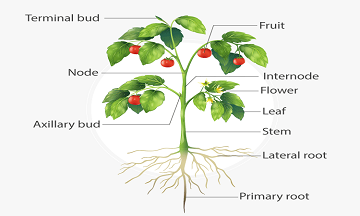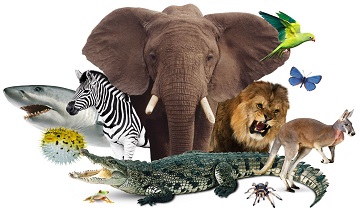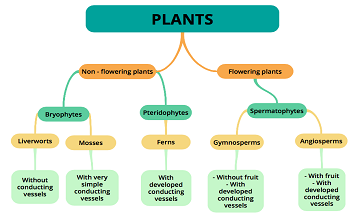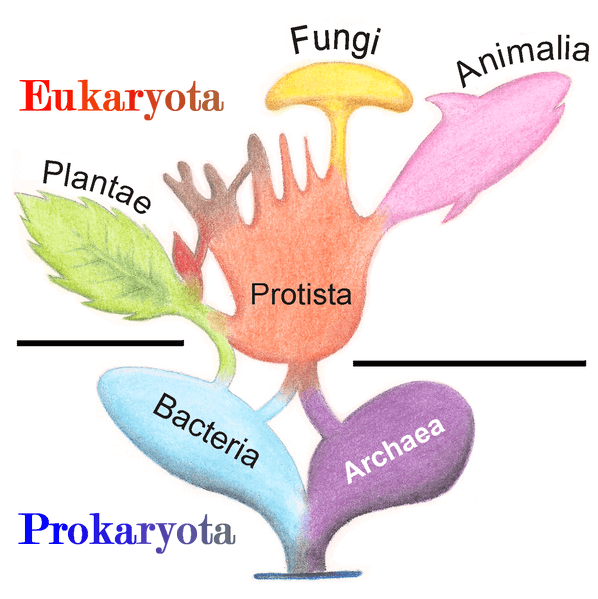Seven Organ Systems of the Earthworm: Morphology, Anatomy
What are Seven Organ Systems of the Earthworm ? Seven Organ Systems of the Earthworm: Earthworms need damp soil to keep their skin moist. Earthworms are simple creatures that pack a powerful environmental punch. They live in moist soil, digging tunnels that aerate the soil for plants and processing vegetation through their digestive systems to … Read more







